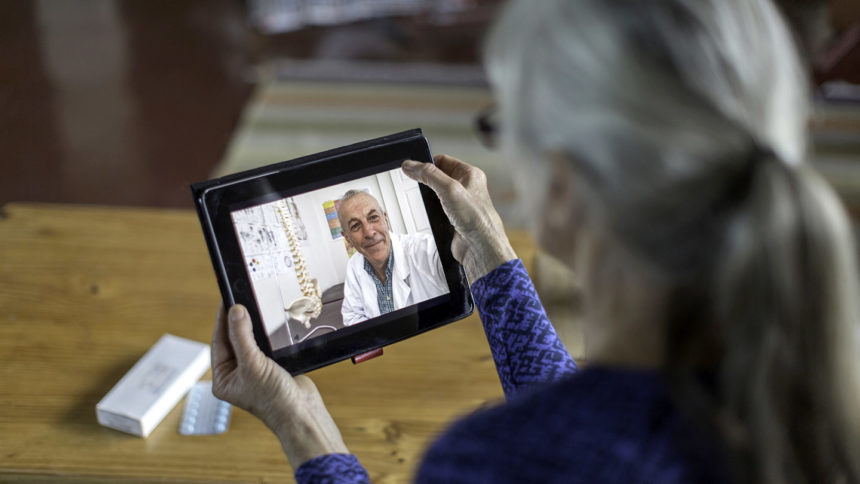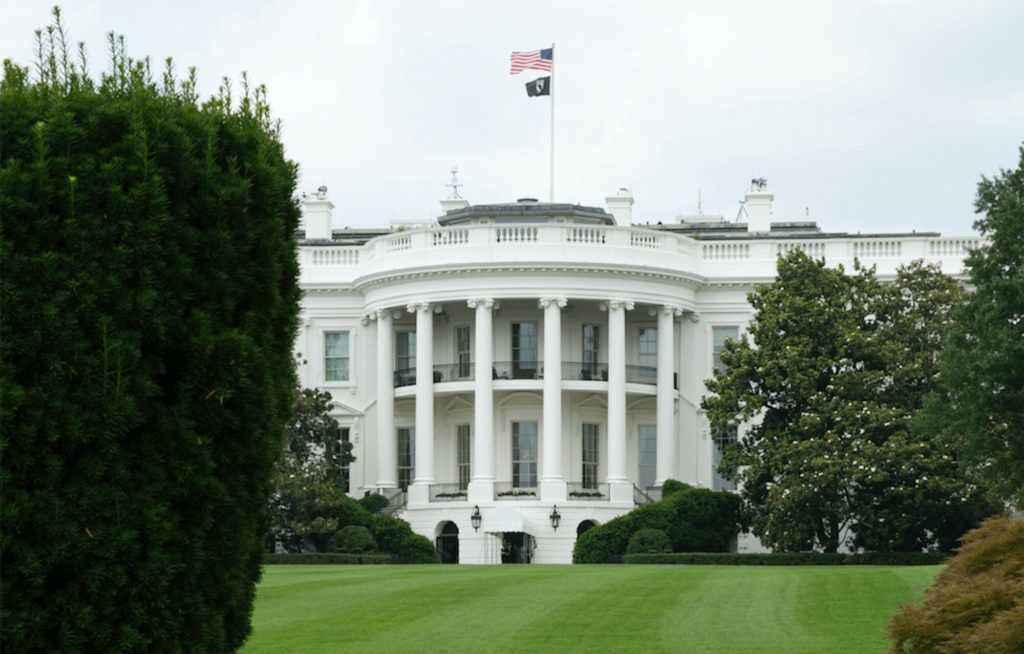
Patients who followed up an emergency department visit via telehealth were more likely to return to the hospital than those who had face-to-face follow-ups. The results stem from analysis of visits at two UCLA Health emergency departments between April 1, 2020, and Sept. 30, 2021.
Researchers evaluated 12,848 patients with 16,987 ED encounters. Some patients were seen more than once, accounting for the difference in numbers. Overall, 2,802 (16%) of the initial ED encounters led to returns to the department and 676 (3.8%) led to hospitalizations within 30 days. Breaking it down between in-person versus telehealth follow-up consultations, the research team found 16% of in-person visits led to ED return visits and 3.7% led to hospitalizations. However, 18% of patients who consulted via telehealth returned to the ED and 4.6% were hospitalized.
Despite the results, the study’s lead author said there is no reason to abandon the use of telehealth for follow-up care.
“It’s just that in the current context, telehealth may not be appropriate for all ED follow-up care,” Vivek Shah, MD, resident physician in the department of emergency medicine at Harbor-UCLA Medical Center, said in a statement. “Other groups have shown the benefits of telehealth in specific scenarios with clear care plans, such as chronic obstructive pulmonary disease, heart failure or diabetes management. But the scenario of an ED follow-up is different in that patients may be seen for a myriad of acute conditions, rather than chronic conditions that their primary care physician knows well or has been managing for many years.”
Patients typically are expected to have an in-person follow-up visit with their primary care physician one to two weeks after an emergency department visit. However, many of those follow-up consultations were held by phone or virtually during the COVID-19 pandemic. Shah estimated that up to a third of ED follow-ups were conducted through telehealth appointments.
The study is among the first to tie telehealth to negative outcomes. Telehealth expansion lies in the balance as policymakers in Washington determine how to address the service after the COVID-19 PHE expires in mid-January of next year. The Office of Inspector General has asked CMS to evaluate how the use of telehealth affected the quality of home healthcare during the pandemic.



